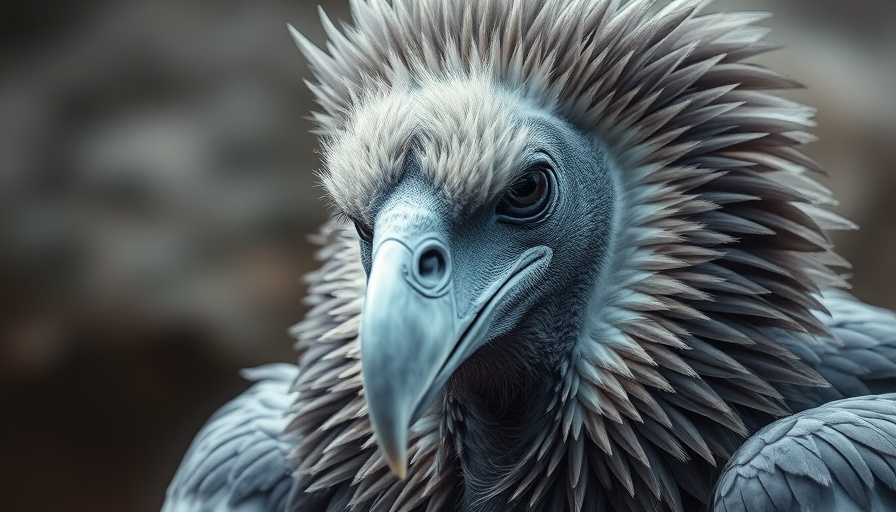
Fruit: Nature's Ingenious Strategy
In the vibrant tapestry of summer, shrubs and trees burst forth with an array of fruits that are not just a treat for the eye but a strategic move by nature. The likes of elderberries, blackberries, and serviceberries are particularly appealing to birds, serving as a vibrant feast that attracts a plethora of avian species—from the elegant waxwing to the industrious grosbeak. However, this bounty is not an act of selflessness as it might appear; instead, it is a brilliant evolutionary tactic for seed dispersal.
The Mutual Benefit of Co-Evolution
As birds consume these fruits, they help to secure the survival of not just the plants, but their own species as well. The seeds, once ingested, pass through the birds’ digestive systems and are dispersed across vast areas, allowing for new growth in diverse locations. This reciprocal relationship highlights a fascinating aspect of ecological dynamics: the necessity of collaboration in the ecosystem. Plants lure birds with nutrient-rich offerings, while birds reciprocate by ensuring the continuation of plant life, hence propagating not only their own kind but also contributing to the overall biodiversity.
Pollinators: The Unsung Heroes
Moreover, the role of birds extends beyond seed dispersal to pollination. As they flit from bloom to bloom, they inadvertently transfer pollen, promoting new fruit development. This intricate dance of life underscores the interconnectedness of species and the essential services each provides. It’s a reminder of how wildlife plays a crucial role in maintaining the delicate balance of our environment.
So next time you enjoy a juicy blackberry or a tart elderberry, think of the unseen partnerships that made it possible. From enticing birds with sweet rewards to ensuring their propagation, each bite is a testament to nature’s brilliance.
 Add Row
Add Row  Add
Add 




Write A Comment